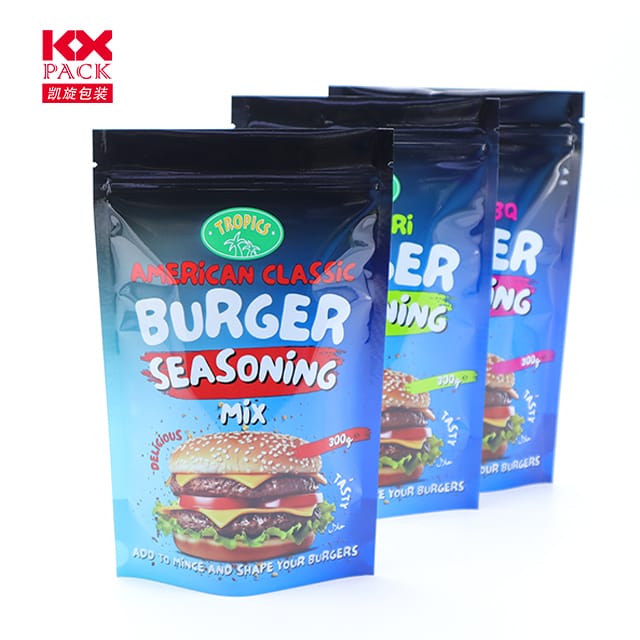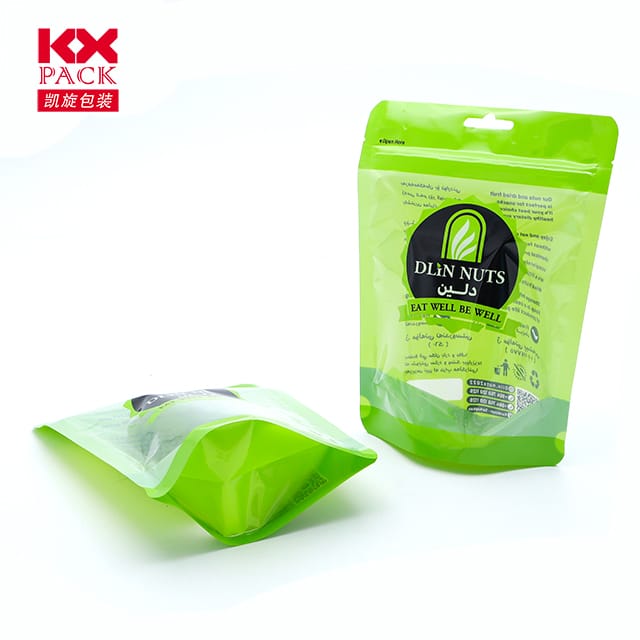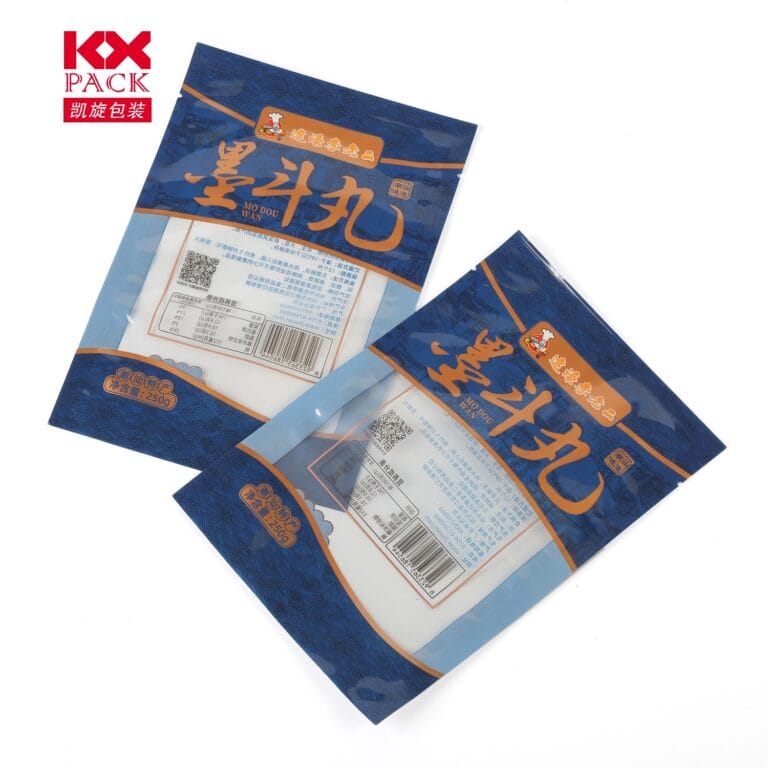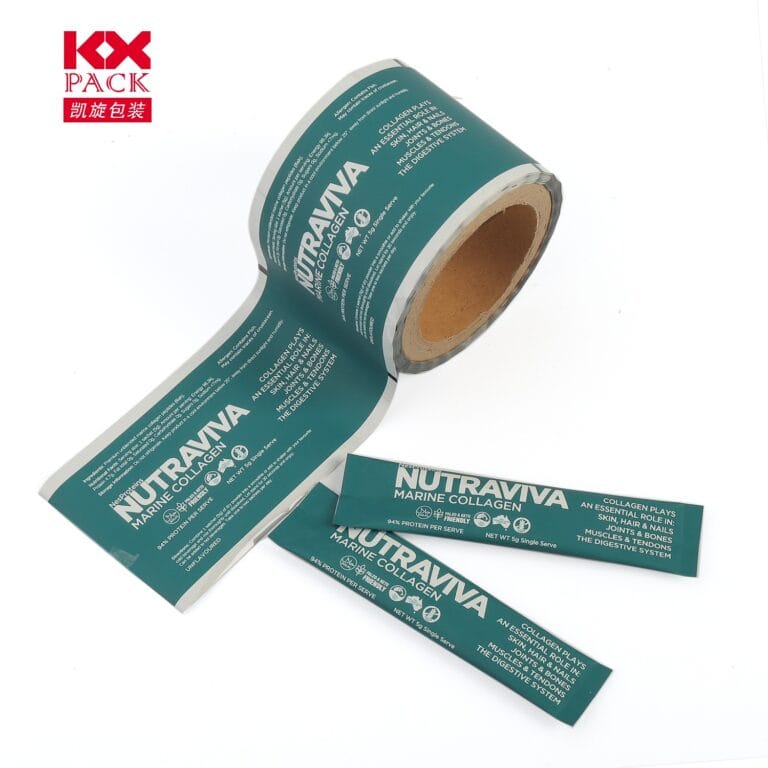პლასტიკური შეფუთვის ფილმის როლი და მომავალი: კომუნალური და მდგრადობის დაბალანსება (2)
პლასტიკური შეფუთვის ფილმი
შესავალი
In a world where convenience and preservation are paramount, plastic packaging film has become an ubiquitous presence. ახალი პროდუქტიდან ელექტრონიკამდე, ეს მრავალმხრივი მასალა იცავს საქონელს, ავრცელებს შენახვის ვადა, და აძლიერებს მიწოდების ქსელებს. ჯერ, მისმა გარემოზე ზემოქმედებამ გამოიწვია გლობალური დებატები. ეს სტატია იკვლევს პლასტიკური შეფუთვის ფილმის მრავალმხრივ როლს, მისი პროგრამები, გამოწვევები, and the path toward sustainability.
1. The Versatility of Plastic Packaging Film
Plastic films are engineered for diverse purposes, მათი ადაპტირების წყალობით:
- Types of Films:
- PE (პოლიეთილენი): მოქნილი, მსუბუქი, and ideal for food packaging.
- PP (პოლიპროპილენი): Heat-resistant, used for microwave-safe containers.
- PVC (პოლივინილის ქლორიდი): Durable and shrink-wrap capable.
- PET (პოლიესტერი): Strong and transparent, often used for beverages and electronics.
- ბიოდეგრადირებადი ფილმები: Made from PLA, PHA, or starch-based materials.
- პროგრამები:
- საკვების შენარჩუნება: Seals freshness, prevents contamination.
- Medical Supplies: Sterile packaging for surgical tools.
- E-Commerce: Protective wraps for fragile items during shipping.
- სოფლის მეურნეობა: Mulch films to enhance crop growth.
2. The Double-Edged Sword: Benefits vs. გარემოსდაცვითი პრობლემები
დადებითი:
- ეფექტური: Affordable production and lightweight transportation.
- Barrier Protection: Blocks moisture, ჟანგბადი, და ულტრაიისფერი შუქი.
- მრავალფეროვნება: Adaptable to various shapes, sizes, and products.
დადებითი:
- Pollution: Contributes to landfills and ocean plastic waste.
- Non-Biodegradability: Traditional plastics take centuries to decompose.
- მიკროპლასტიკა: Break down into tiny particles, entering ecosystems and food chains.
3. Innovations in Sustainable Packaging
The industry is responding to environmental pressures with cutting-edge solutions:
- Biodegradable Alternatives:
- PLA (პოლილაქტური მჟავა): Derived from corn starch or sugarcane.
- PHA (პოლიჰიდროქსიალანოატები): Naturally produced by microbes.
- Seaweed-Based Films: Edible and compostable.
- წრიული ეკონომიკის მოდელები:
- ქიმიური გადამუშავება: Breaking down plastics into raw materials.
- Recycling Technologies: Advanced sorting systems to improve recovery rates.
- Design Innovations:
- Monomaterial Films: Easier to recycle (მაგ., 100% PE).
- Minimalist Packaging: Reducing material use without compromising protection.
4. The Role of Stakeholders
Transitioning to sustainable practices requires collaboration:
- Brands: Invest in eco-friendly materials and transparent labeling.
- მომხმარებლები: Choose reusable options and support brands prioritizing sustainability.
- Governments: Enforce extended producer responsibility (EPR) laws and ban single-use plastics.
- Innovators: Develop scalable, cost-effective alternatives to conventional plastics.
5. Looking Ahead: A Future Without Waste
The journey toward sustainable plastic packaging is underway, but challenges remain. Key priorities include:
- Infrastructure Development: Expanding recycling facilities globally.
- Education: Raising awareness about proper disposal and reduction.
- Policy Advocacy: Incentivizing green technologies and penalizing pollution.
დასკვნა
Plastic packaging film is a cornerstone of modern logistics, but its environmental toll demands urgent action. ბიოდეგრადირებადი მასალების მიღებით, circular systems, and collaborative innovation, we can protect both products and the planet. The future of packaging lies not in eradication, but in responsible evolution—where utility and sustainability coexist.
💡საბოლოო აზრი: Every choice matters. The next time you unwrap a product, consider the story behind its packaging. Let’s strive for a world where plastic film is a tool for good, not a burden on Earth.







